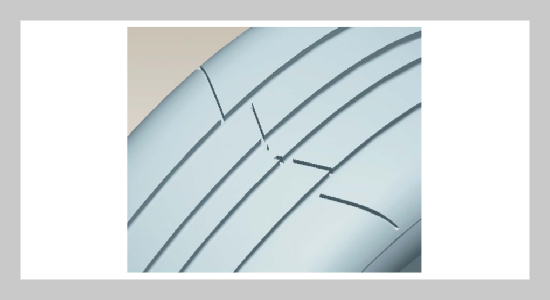Kwan Ouyang1, Min-Feng Sung2, Che-Yin Lee3 and Yean-Der Kuan This email address is being protected from spambots. You need JavaScript enabled to view it.4 1Department of Marine Engineering, Taipei University of Maritime Technology, Taipei, Taiwan, R.O.C.
2Kenda Rubber Industrial Co., Ltd., Yuanlin, Taiwan, R.O.C.
3Department of Mechanical and Electro-Mechanical Engineering, Tamkang University, Tamsui, Taiwan 251, R.O.C.
4Department of Refrigeration, Air Condition and Energy Engineering, National Chin-Yi University of Technology, Taichung, Taiwan, R.O.C.
Received:
October 4, 2016
Accepted:
November 16, 2017
Publication Date:
March 1, 2018
Download Citation:
||https://doi.org/10.6180/jase.201803_21(1).0003
The primary objective of this study is to investigate the rolling noises made by passenger car radial (PCR) tires with special pitch angles using the numerical analysis method, and compare the numerical analysis results with those of physical tire experiments. By using the numerical simulation features, we can understand the noise performances of the different designs through the numerical analysis results before creating the actual molds and thereby reduce the development costs. In this study, the researcher adopted the finite volume (FV) numerical simulation method because the rapid solving speed feature of the FV method enabled it to be widely adopted by the various major fields such as automotive, aerospace, or shipbuilding where the simulation results are time-sensitive and analytically correct. To achieve the experimental results, the researcher of this study commissioned Kenda Rubber Ind., Co., Ltd. to design the tire pitches and manufacture the tires, and deliver the tires to the Automotive Research & Testing Center (ARTC) for the experiments. When the numerical simulation and experiment results are compared, the characteristic frequency positions are consistent with the error rate of only 3.98%. As such, the analysis method proposed in this study can serve as references for tire manufacturing designs as well as mobile object noise analyses in the future.ABSTRACT
Keywords:
Noise Analysis, Tire, Pitch Angle, Numerical Simulation
REFERENCES
















